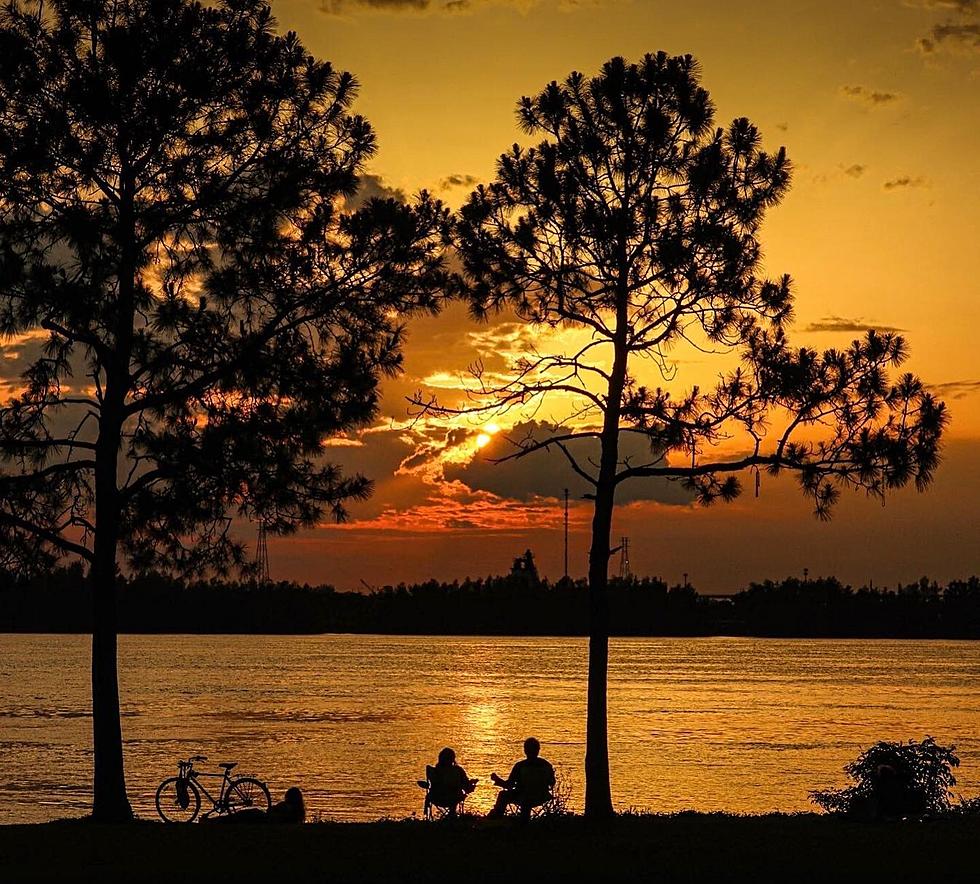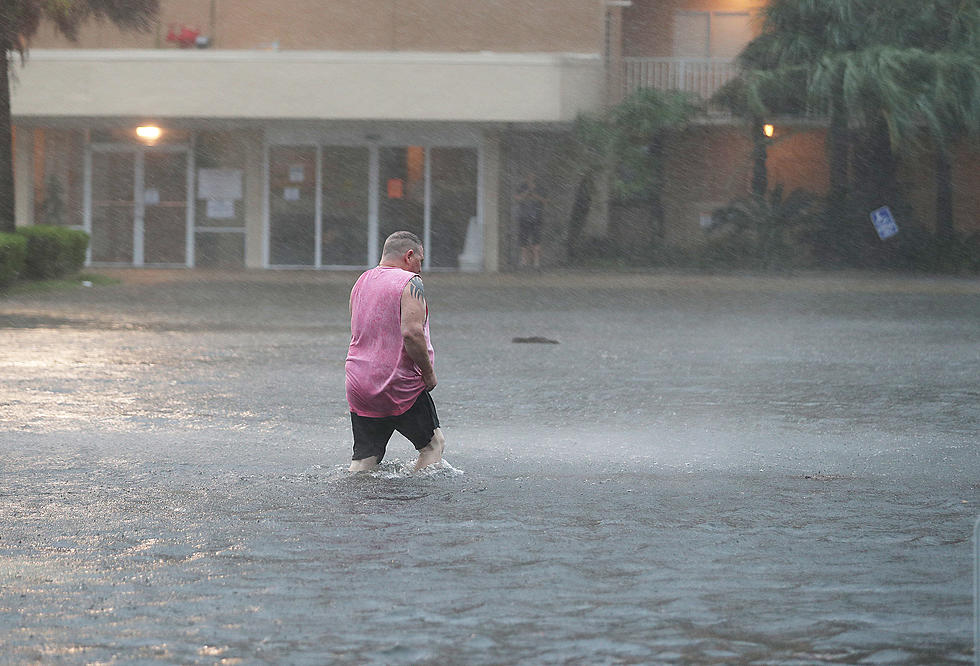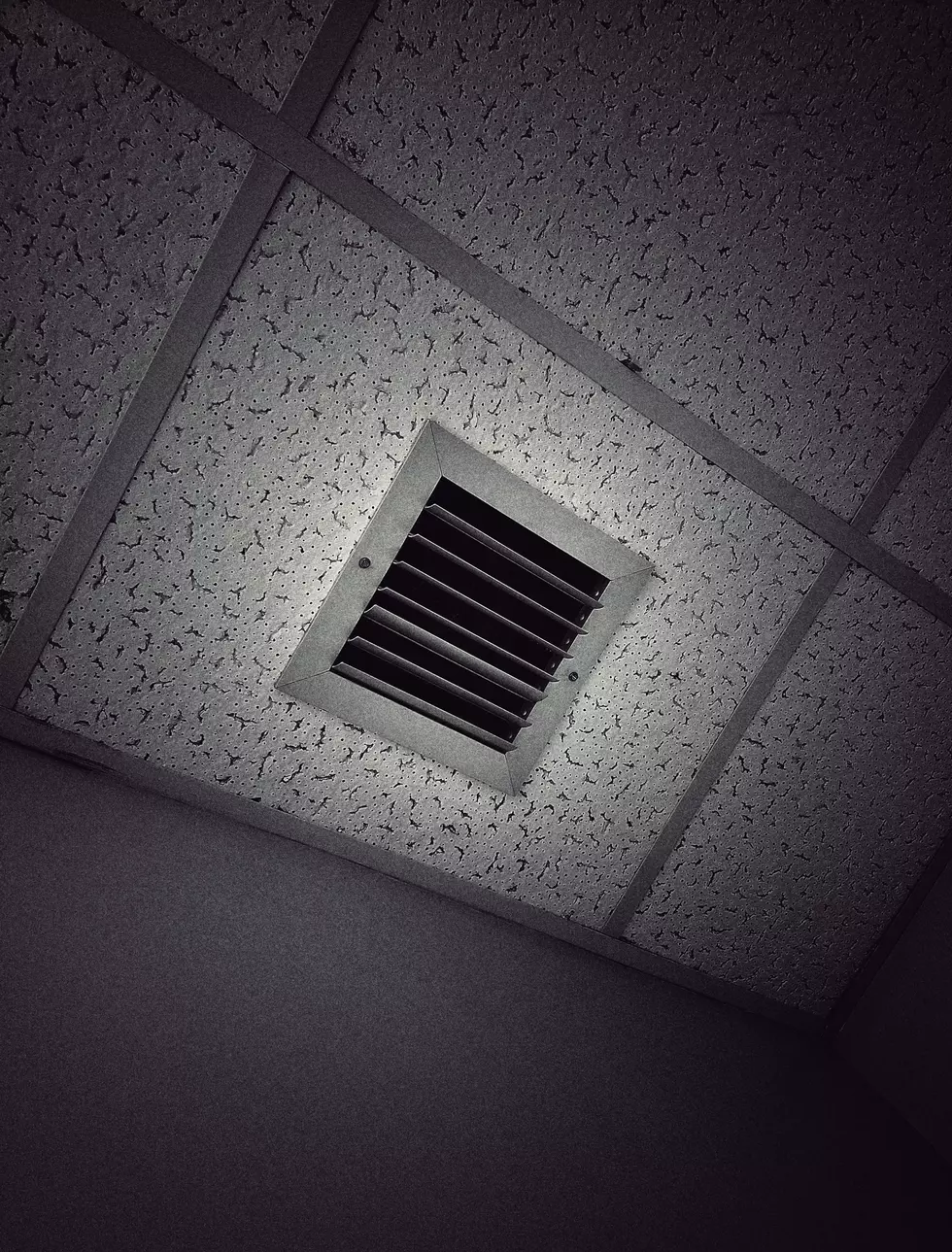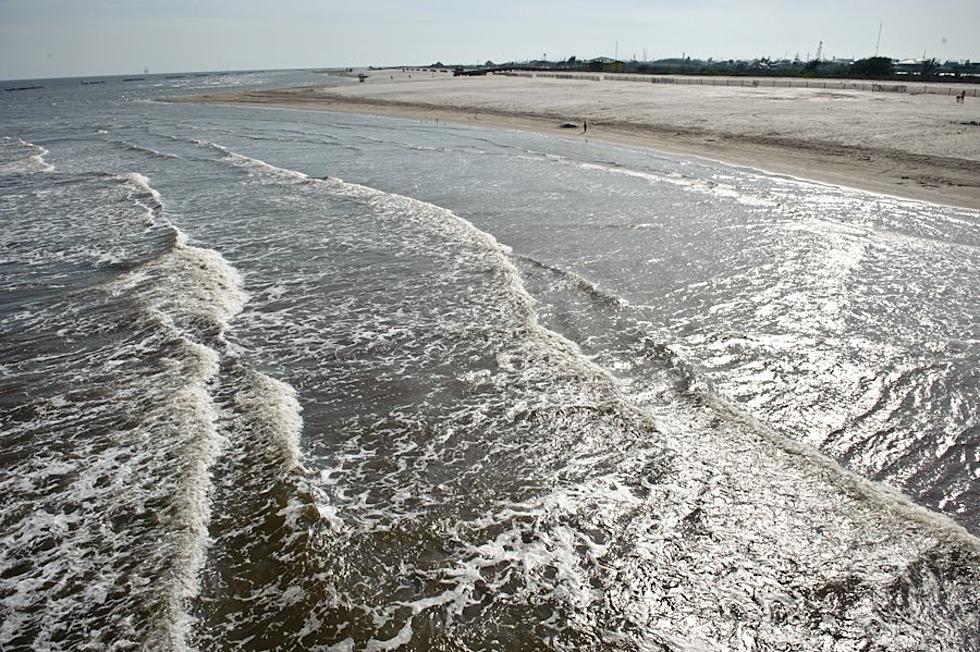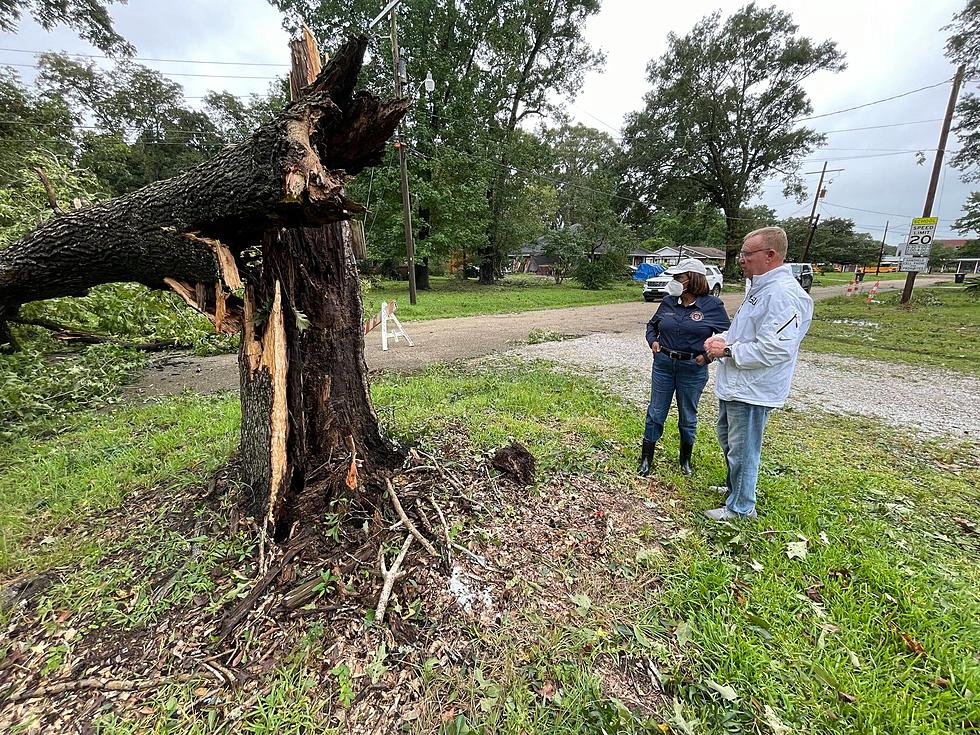
Post-Ida Gas Lines, Power Outages Impacting Baton Rouge
The Capital Region of Louisiana is among the areas of the state reeling from Hurricane Ida's impact.
Schools in the region, including LSU and Southern University, will be closed through Labor Day. Gas shortages are causing problems, leaving people stranded in lines at the pumps for three hours or more at a time. Power outages are leaving people without air conditioning and are causing traffic tie-ups in and around Baton Rouge.
To put it simply: The Baton Rouge area is a mess right now.
And for the journalists who are covering the goings-on in that part of Louisiana, they're hearing first hand from their viewers and the area's residents about their frustrations.
According to WBRZ-TV executive producer Amanda Stevenson, those frustrations are leading to other problems not related to the storm.
"It's one of those situations where crime does not stop," Stevenson said. "And unfortunately now you have a lot of people who are frustrated (and) a lot of people who are without power and hot, and tempers flare. We have had people even approach us at gas stations to just vent about what they're going through, and we share the same frustrations because we live here, too."
According to Stevenson, nearly 100,000 people in the cities of Baton Rouge, Central, Zachary, and Baker are without electricity. Stevenson also says gas demand exceeds supplies, leading to hours-long gas lines.
"Typically, you know it's a line for a gas station only because the traffic is blocked and you may not really see anything to indicate maybe something is ahead. You combine that with a lack of power in some areas where traffic lights aren't working, and it's the perfect storm to sit in traffic."
Stevenson says the wind damage, namely downed poles and trees, caused those outages and, in some cases, are still blocking roads. However she says areas in Iberville and West Baton Rouge Parish saw less damage because they are more rural.
Stevenson joined Ian Auzenne on Acadiana's Morning News to give an update on the situation in Baton Rouge. Click the icon below to hear the full interview.
<blockquote class="twitter-tweet"><p lang="en" dir="ltr">We're activating our emergency debris team and mobilizing all available resources in response to damages inflicted by Hurricane Ida.<br><br>Our teams are surveying EBR as residents move their storm debris curbside. Once initial assessments are complete we will move into collection. <a href="https://t.co/CdrKF1G9O6">pic.twitter.com/CdrKF1G9O6</a></p>— City of Baton Rouge (@TheCityofBR) <a href="https://twitter.com/TheCityofBR/status/1432760106400325636?ref_src=twsrc%5Etfw">August 31, 2021</a></blockquote> <script async src="https://platform.twitter.com/widgets.js" charset="utf-8"></script>
LOOK: The most expensive weather and climate disasters in recent decades
20 Items You Need to Have in Your ‘Hurricane Box����� This Year
Six Things A Cajun Needs To Survive A Storm
Hurricane Game Plan, How We Get Ready at My House
Aerial Pictures of Southwest Louisiana Before & After Hurricane Laura
Things You Want or Need After Surviving A Hurricane
Prevent Hurricane Anxiety By Prepping Now
More From 99.9 KTDY


